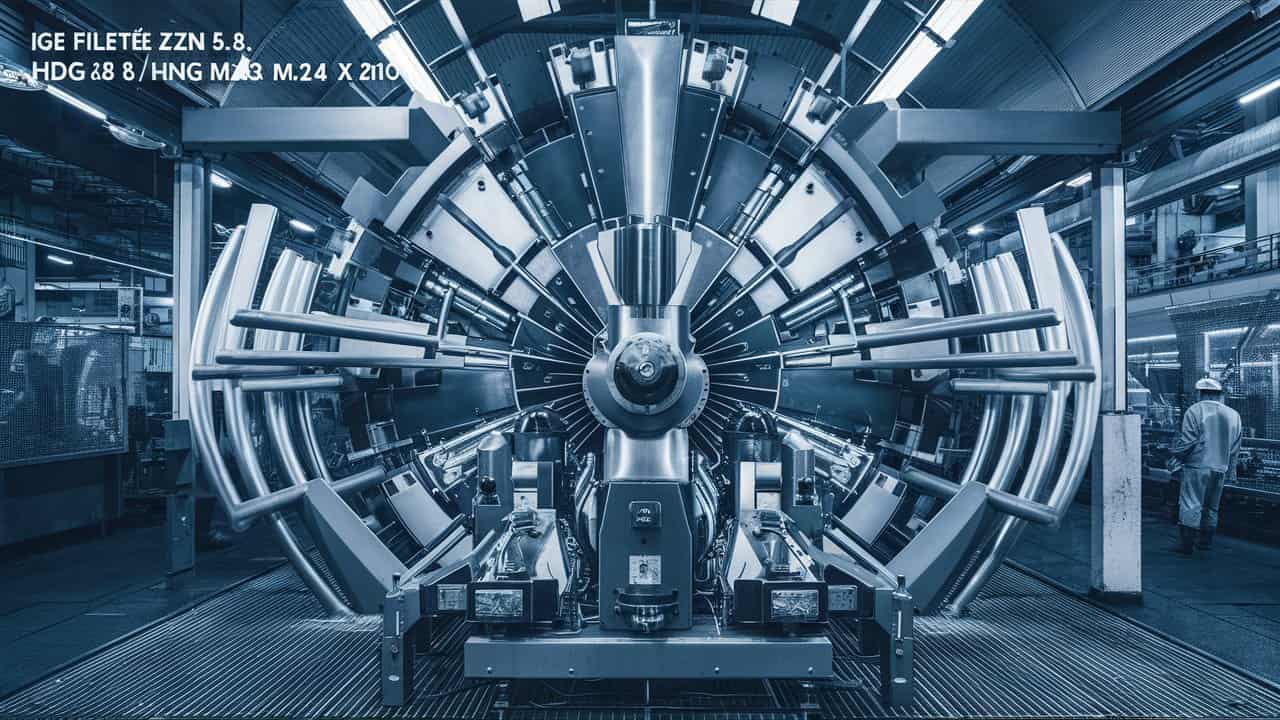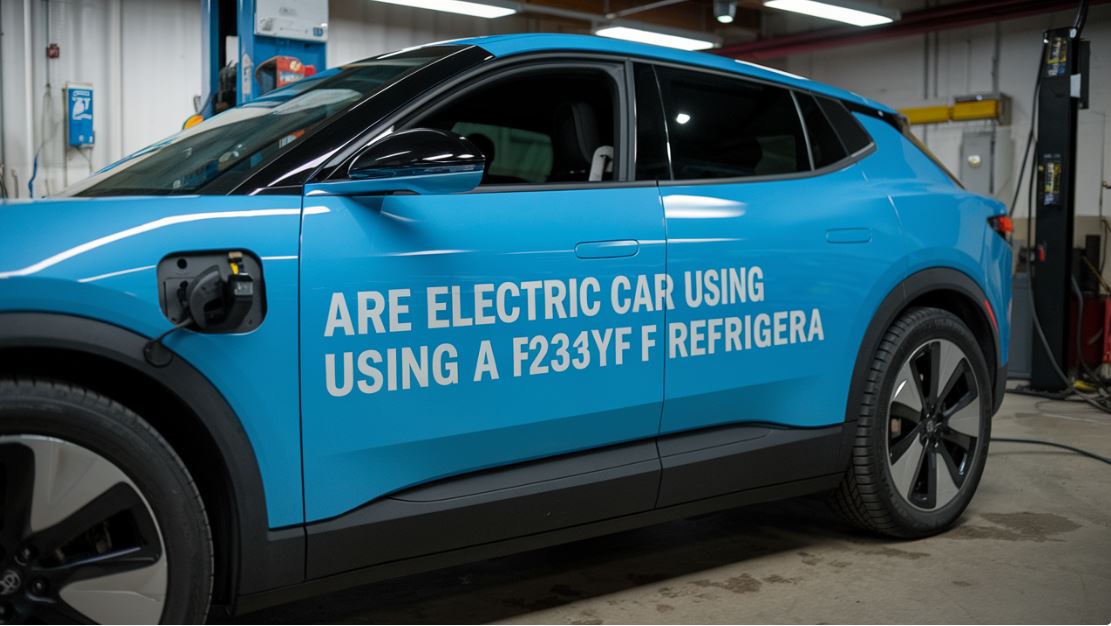The Ige Filetée Zn 5.8 / HDG 5.8 M24 x 210 threaded rod is a vital component in various industrial applications. With its robust design and superior coating, this threaded rod is known for its durability and versatility.
In this guide, we will explore its properties, applications, benefits, and maintenance tips, ensuring you have a complete understanding of why this component is a preferred choice for professionals.
What Is The Ige Filetée Zn 5.8 / Hdg 5.8 M24 X 210?
The term Ige Filetée Zn 5.8 / HDG 5.8 M24 x 210 describes a specific type of threaded rod used across multiple industries. It is characterized by its diameter of 24 mm and length of 210 mm. This component is designed with advanced material properties and coating techniques to offer exceptional performance.
- Zn 5.8: This signifies that the rod is coated with zinc, providing protection against rust and corrosion. The “5.8” grade indicates the rod’s strength and tensile capacity.
- HDG 5.8: HDG, or Hot-Dip Galvanization, is a coating process where the rod is dipped into molten zinc. This creates a thick, durable layer that enhances its resistance to harsh environments.
Key Features:
- Material: Made from high-grade steel, ensuring strength and durability.
- Threading: Metric threading (M24), with a diameter of 24 mm, suitable for various fastening needs.
- Length: 210 mm, providing versatility for different applications.
- Coating: Zn 5.8 and HDG 5.8 coatings offer superior protection against corrosion, making the rod ideal for both indoor and outdoor use.
What Is The Tensile Strength Of The Ige Filetée Zn 5.8 / Hdg 5.8 M24 X 210?
The tensile strength of the Ige Filetée Zn 5.8 / HDG 5.8 M24 x 210 refers to how much pulling force the rod can handle before it breaks. For this specific threaded rod, the “5.8” grade indicates that it can endure a maximum pulling force of 580 megapascals (MPa).
In simpler terms, imagine this rod as a strong, heavy-duty rope that can hold up a significant amount of weight without snapping. The higher the tensile strength, the more weight the rod can support. So, this rod is designed to handle heavy loads and is built to be strong enough for tough jobs and demanding applications. This makes it a reliable choice for construction and other industries where strength is crucial.
What Are The Common Applications Of Ige Filetée Zn 5.8 / Hdg 5.8 M24 X 210?
Construction:
In the construction industry, this threaded rod is essential for concrete reinforcement and structural stability. It is used to anchor and secure various components, ensuring robust and reliable constructions.
Industrial Machinery:
For industrial machinery, these rods are used to assemble and secure parts. Their ability to withstand harsh conditions and exposure to chemicals makes them ideal for use in factories and manufacturing facilities.
Electrical Installations:
In electrical installations, these rods are used to mount and secure equipment. Their resistance to corrosion ensures that they perform well in both indoor and outdoor electrical setups.
Automotive Industry:
In the automotive sector, these rods are used in the assembly of vehicle components. Their strength and durability make them suitable for applications that require secure and stable connections.
Marine Applications:
The HDG coating makes these rods particularly well-suited for marine environments. They resist saltwater corrosion, making them a reliable choice for maritime construction and repair.
What Are the Benefits of Using Ige Filetée Zn 5.8 / HDG 5.8 M24 x 210?
- Durability: Made from high-grade steel, these threaded rods offer exceptional strength and longevity, making them suitable for heavy-duty applications.
- Corrosion Resistance: The Zn 5.8 and HDG 5.8 coatings provide excellent protection against rust and corrosion, especially in harsh environments.
- Versatility: These rods can be used across various industries, including construction, automotive, and marine applications.
- Cost-Effective: Their durability and resistance to wear reduce the need for frequent replacements, offering long-term savings.
- High Load Capacity: The M24 size and 5.8 grade ensure that these rods can handle significant loads without compromising stability.
How to Install Ige Filetée Zn 5.8 / HDG 5.8 M24 x 210?
- Preparation: Gather necessary tools like a wrench and measuring tape. Ensure the surface is clean and debris-free.
- Positioning: Mark the installation spot and drill a hole that matches the rod’s diameter if needed.
- Insertion: Insert the rod into the prepared hole.
- Tightening: Use a wrench to securely tighten the rod, ensuring it’s straight and aligned.
- Securing: Check the rod’s stability and add nuts or washers if necessary for extra security.
- Final Check: Inspect the installation to ensure the rod is tightly secured and properly aligned.
What Are the Best Maintenance Tips for Ige Filetée Zn 5.8 / HDG 5.8 M24 x 210?
- Regular Inspection: Periodically check the rods for signs of wear, corrosion, or damage. Early detection of issues can prevent further deterioration and maintain the rod’s structural integrity.
- Cleaning: Keep the rods clean by removing dirt, debris, and any corrosive substances. Use a soft brush or cloth to wipe the surface, ensuring that the zinc or galvanized coating remains intact.
- Lubrication: Apply a light coat of lubricant to the threads to prevent rust and ensure smooth operation. This is particularly important in environments with high humidity or exposure to chemicals.
- Tightening: Check the tightness of the rods regularly, especially if they are subject to vibration or movement. Ensure that all connections are secure to prevent loosening over time.
- Replacement: If you notice significant wear, damage, or corrosion that compromises the rod’s functionality, replace it immediately. This will help avoid potential failures and ensure the safety and stability of your structure.
FAQs about Ige Filetée Zn 5.8 / HDG 5.8 M24 x 210:
What Does Zn 5.8 Mean?
“Zn 5.8” indicates a zinc-coated threaded rod with a tensile strength grade of 5.8. It provides a balance of strength and corrosion resistance.
What Is The Difference Between Zn 5.8 And Hdg 5.8?
HDG (Hot-Dip Galvanization) involves dipping the rod into molten zinc, creating a thicker and more durable coating compared to standard zinc coatings.
Can These Rods Be Used In Marine Environments?
Yes, the HDG coating offers excellent resistance to saltwater corrosion, making these rods suitable for marine applications.
How Do I Know If The Rod Is Securely Installed?
Ensure the rod is tight, stable, and properly aligned. Use a wrench to confirm that it is firmly in place and check for any loose parts.
What Are The Typical Uses Of These Threaded Rods?
These rods are used in construction, industrial machinery, electrical installations, automotive manufacturing, and marine applications.
How Long Do These Rods Last?
With proper maintenance, these rods can last many years. Their durability and corrosion resistance help extend their lifespan.
Can These Rods Be Used In High-Temperature Environments?
The rods are primarily designed for general use and may not be suitable for extreme temperatures. Check with the manufacturer for specific temperature ratings.
Are There Different Grades Available For These Rods?
Yes, there are various grades available, each offering different levels of strength and corrosion resistance. The “5.8” grade is one of the common grades.
What Tools Are Needed For Installation?
Essential tools include a wrench, measuring tape, and possibly a drill if a hole needs to be made.
How Should I Store These Rods Before Use?
Store the rods in a dry, clean environment to prevent any damage to the coating. Avoid exposure to moisture or chemicals that could lead to corrosion.
Conclusion:
The Ige Filetée Zn 5.8 / HDG 5.8 M24 x 210 threaded rod is a crucial component for various industrial applications. Its durability, strength, and resistance to corrosion make it a preferred choice across multiple sectors. By understanding its properties, applications, and maintenance requirements, you can ensure optimal performance and longevity for your projects.



